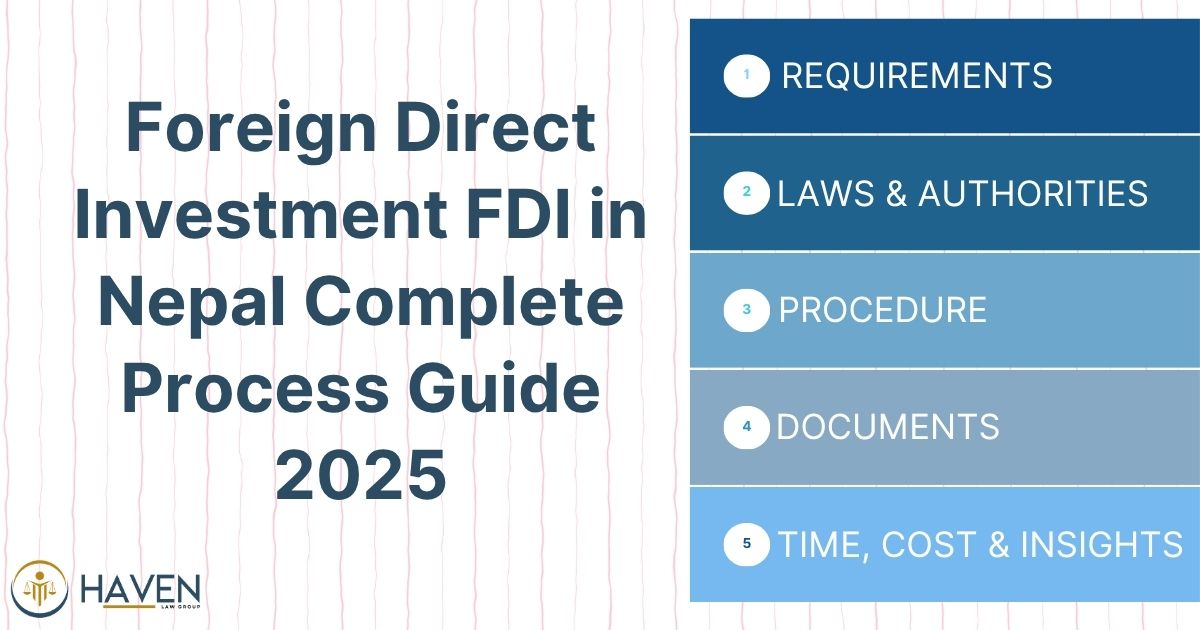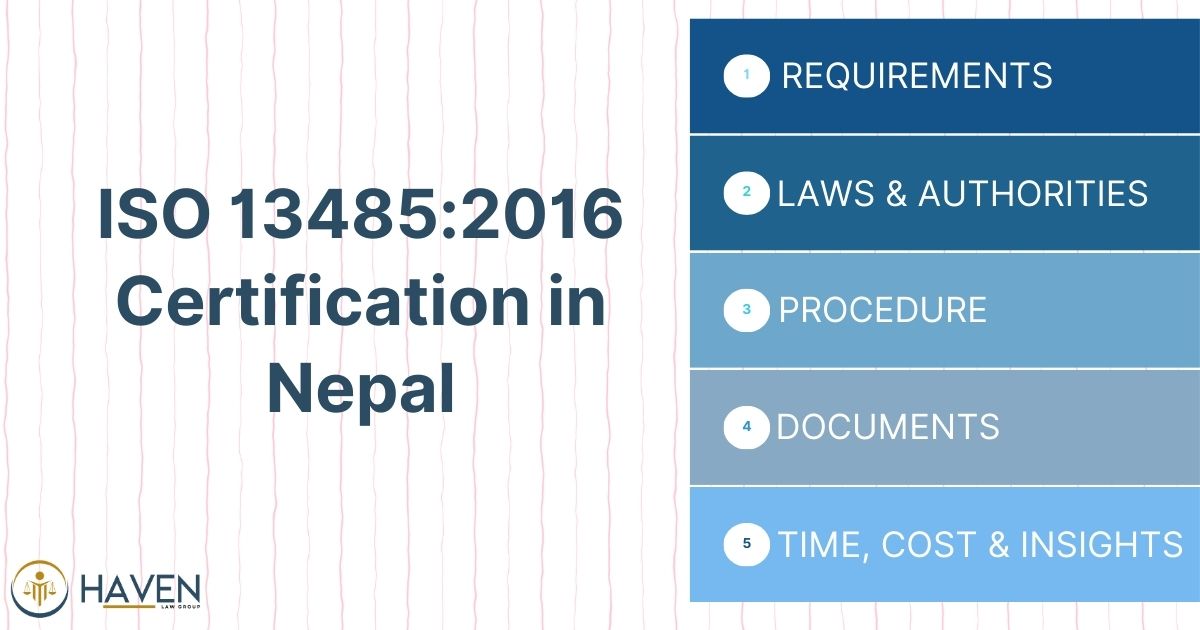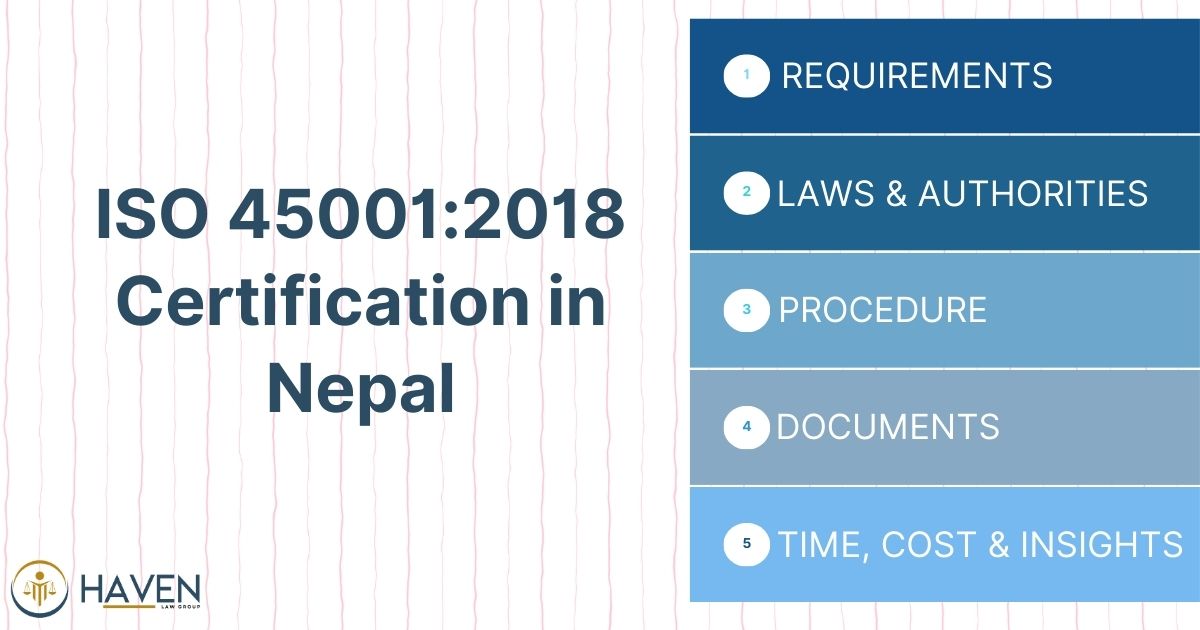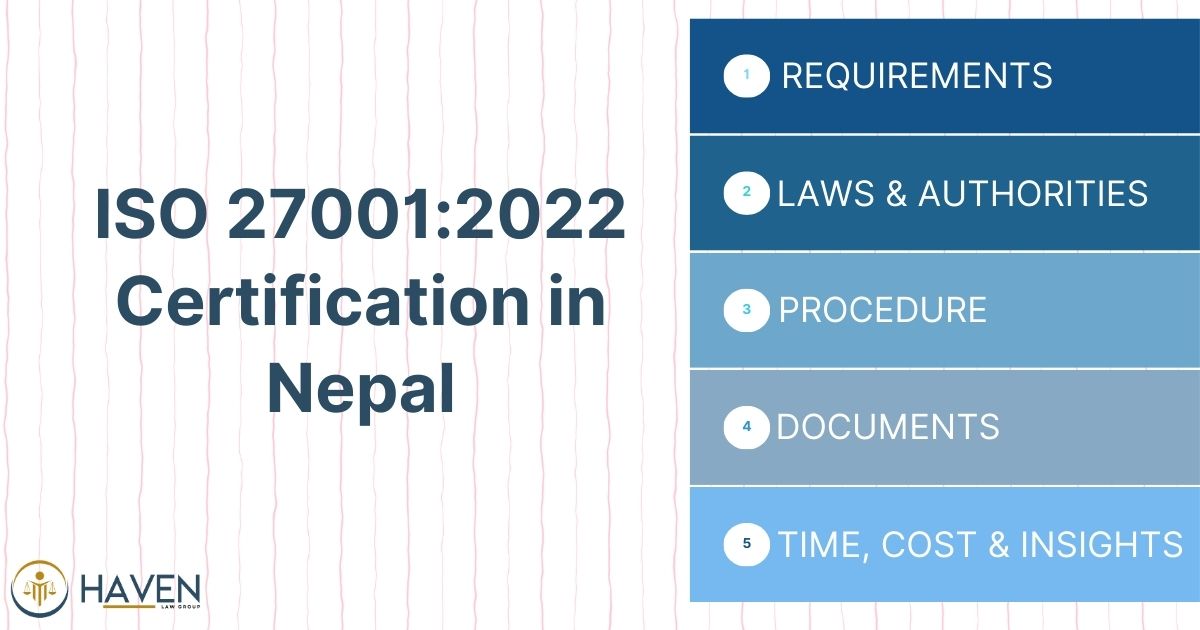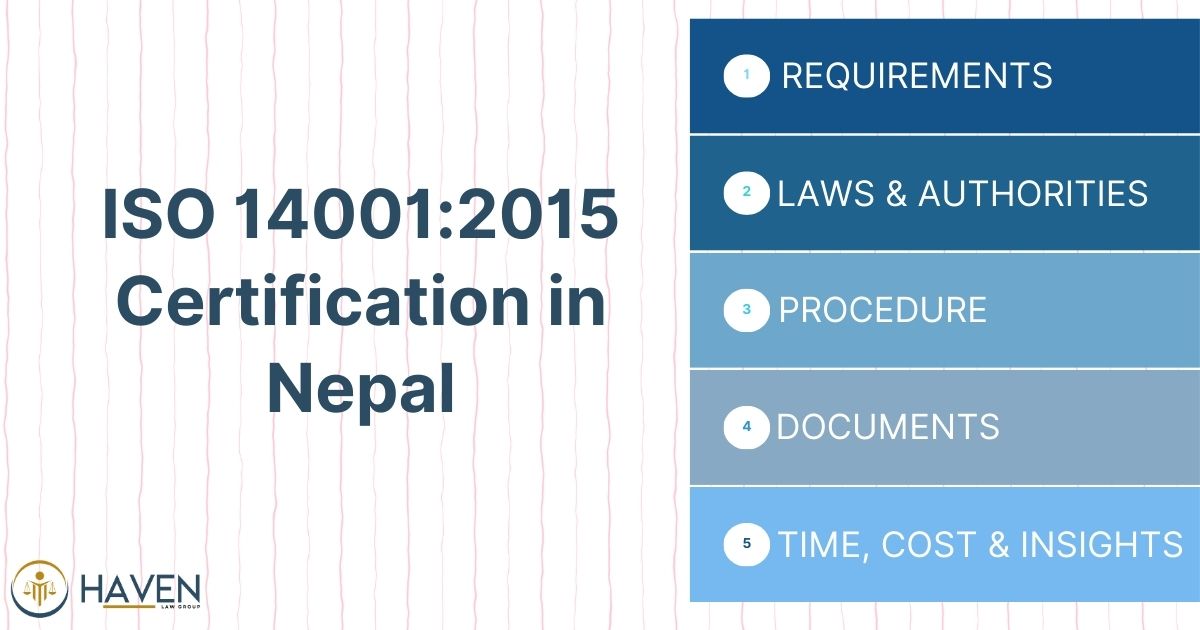Introduction
Winding up a company is a complex legal process that involves terminating a company’s existence and liquidating its assets. In Nepal, this process is governed by the Companies Act, 2063 (2006) and other relevant laws. The winding up procedure ensures that a company’s affairs are properly concluded, its assets are distributed, and its legal entity is dissolved. This article provides a comprehensive overview of the winding up process in Nepal, including legal requirements, types of winding up, and the steps involved.
What Does Winding Up Mean?
Winding up, also known as liquidation, is the legal process of dissolving a company and terminating its existence. During this process, the company’s assets are sold, its liabilities are settled, and any remaining funds are distributed among shareholders. The primary objective of winding up is to bring the company’s operations to an end in an orderly manner, ensuring that all stakeholders’ interests are protected. In Nepal, the Companies Act, 2063 (2006) provides the legal framework for winding up procedures.
Types of Winding Up: Voluntary and Involuntary
In Nepal, there are two main types of winding up: voluntary and involuntary. Voluntary winding up occurs when the company’s shareholders decide to dissolve the company, usually due to financial difficulties or the completion of its purpose. This process is initiated by passing a special resolution in a general meeting. Involuntary winding up, on the other hand, is initiated by creditors or the court when the company is unable to pay its debts or has violated legal provisions. The Companies Act, 2063 (2006) outlines the specific procedures for both types of winding up, ensuring a structured approach to company dissolution.
Legal Requirements for Winding Up
The legal requirements for winding up a company in Nepal are primarily outlined in the Companies Act, 2063 (2006). These requirements include:
- Passing a special resolution for voluntary winding up
- Obtaining approval from creditors in case of creditors’ voluntary winding up
- Filing a petition with the court for compulsory winding up
- Appointing a liquidator to manage the winding up process
- Preparing and submitting financial statements and reports
- Notifying relevant government authorities, including the Office of the Company Registrar
- Settling all outstanding liabilities and distributing remaining assets
- Obtaining a final order from the court for dissolution
Compliance with these legal requirements is essential to ensure a smooth and lawful winding up process.
Documents Required for Winding Up
The winding up process in Nepal requires several key documents to be prepared and submitted. These include:
- Special resolution for voluntary winding up
- Declaration of solvency (for members’ voluntary winding up)
- Statement of affairs showing assets and liabilities
- Liquidator’s reports and accounts
- Creditors’ claims and proofs of debt
- Court petition for compulsory winding up
- Final accounts and distribution statements
- Certificate of dissolution from the Office of the Company Registrar
Proper preparation and submission of these documents are crucial for a successful winding up process.
Steps in the Winding Up Process
The winding up process in Nepal involves several steps:
- Passing a special resolution for voluntary winding up or filing a court petition for compulsory winding up
- Appointing a liquidator to manage the process
- Notifying creditors and calling for claims
- Preparing a statement of affairs and liquidator’s reports
- Realizing company assets and settling liabilities
- Distributing remaining assets to shareholders (if any)
- Holding final meetings and submitting final accounts
- Obtaining a dissolution order from the court or the Office of the Company Registrar
- Filing the dissolution order and completing the winding up process
Each step requires careful attention to legal requirements and procedural details.
Role of Liquidators and Administrators
Liquidators and administrators play a crucial role in the winding up process. A liquidator is appointed to manage the company’s affairs during winding up, either by shareholders in voluntary liquidation or by the court in compulsory liquidation. The liquidator’s responsibilities include:
- Taking control of the company’s assets
- Investigating the company’s affairs
- Realizing assets and settling liabilities
- Distributing remaining funds to shareholders
- Preparing and submitting reports and accounts
- Ensuring compliance with legal requirements
Administrators may be appointed in cases of corporate rescue or restructuring before winding up. Their role is to explore alternatives to liquidation and potentially save the company.
Timelines for Winding Up a Company
The timeline for winding up a company in Nepal can vary depending on the complexity of the case and the type of winding up. Generally, the process may take several months to a few years. Key timelines include:
- 14 days’ notice for creditors’ meetings in voluntary winding up
- 30 days for creditors to submit claims
- 3 months for the liquidator to submit the first progress report
- 12 months for the liquidator to complete the winding up process (extendable)
- 14 days to file the final meeting report with the Office of the Company Registrar
Adhering to these timelines is essential for a smooth winding up process and compliance with legal requirements.
Cost and Expenses Involved
The costs and expenses involved in winding up a company in Nepal can vary depending on the complexity of the case. Common expenses include:
- Liquidator’s fees and expenses
- Legal fees for court proceedings and documentation
- Valuation and asset realization costs
- Advertising and notification expenses
- Accounting and auditing fees
- Government fees for filing and registration
These costs are typically paid from the company’s assets before any distribution to creditors or shareholders. In cases where the company has insufficient assets, the petitioner or shareholders may need to bear the costs.
Checklist for a Smooth Winding Up Process
To ensure a smooth winding up process, companies should follow this checklist:
- Obtain shareholder approval for voluntary winding up
- Appoint a qualified liquidator
- Notify all creditors and stakeholders
- Prepare and submit all required documents
- Realize assets and settle liabilities
- Hold necessary meetings and obtain approvals
- File progress reports and final accounts
- Obtain dissolution order and complete the process
- Maintain proper records throughout the process
- Comply with all legal requirements and timelines
Following this checklist can help minimize complications and ensure compliance with legal obligations.
Relevant Laws and Regulations
The winding up process in Nepal is governed by several laws and regulations, including:
- Companies Act, 2063 (2006)
- Insolvency Act, 2063 (2006)
- Company Rules, 2063 (2007)
- Securities Act, 2063 (2007)
- Banks and Financial Institutions Act, 2073 (2017)
- Income Tax Act, 2058 (2002)
- Labor Act, 2074 (2017)
These laws provide the legal framework for company dissolution, asset distribution, creditor rights, and employee protection during the winding up process.
Government Authorities Involved
Several government authorities are involved in the winding up process in Nepal:
- Office of the Company Registrar
- Department of Industry
- Inland Revenue Department
- Nepal Rastra Bank (for financial institutions)
- Securities Board of Nepal (for listed companies)
- Department of Labor and Occupational Safety
- District Court or High Court (for compulsory winding up)
Coordination with these authorities is essential for compliance and successful completion of the winding up process.
Post-Winding Up Compliance
After the winding up process is complete, certain post-winding up compliance requirements must be met:
- Filing the final dissolution order with the Office of the Company Registrar
- Cancellation of company registration and tax registration
- Closure of bank accounts and cancellation of licenses
- Preservation of company records for a specified period
- Addressing any residual legal or tax matters
- Notifying relevant stakeholders of the company’s dissolution
Fulfilling these post-winding up obligations ensures proper closure of the company’s affairs and prevents future legal complications.
Resolving Outstanding Liabilities
Resolving outstanding liabilities is a critical aspect of the winding up process. The liquidator must:
- Identify and verify all creditors’ claims
- Prioritize claims according to legal requirements
- Negotiate settlements with creditors where possible
- Distribute available assets according to the priority of claims
- Address employee claims and entitlements
- Handle any disputed claims through legal processes
Proper resolution of liabilities ensures fair treatment of creditors and compliance with legal obligations.
Common Challenges in Winding Up
Common challenges encountered during the winding up process in Nepal include:
- Disputes among shareholders or with creditors
- Difficulty in realizing assets at fair value
- Incomplete or inaccurate financial records
- Delays in obtaining necessary approvals and clearances
- Complexities in cross-border transactions and liabilities
- Insufficient assets to cover all liabilities
- Legal challenges to the winding up process
Addressing these challenges requires careful planning, expert guidance, and adherence to legal procedures.
FAQs
1. What happens to company assets?
Company assets are liquidated and used to settle liabilities. Any remaining assets are distributed to shareholders according to their rights and preferences as specified in the company’s articles of association.
2. How long does winding up take?
The duration of the winding up process can vary from several months to a few years, depending on the complexity of the company’s affairs and the type of winding up (voluntary or compulsory).
3. Are all debts cleared during winding up?
The liquidator attempts to clear all debts during winding up. However, if the company’s assets are insufficient to cover all liabilities, some debts may remain unpaid, and creditors may have to accept partial payment or write off the debt.
4. Can directors oppose winding up?
Directors can oppose compulsory winding up by presenting evidence of the company’s solvency or proposing alternative solutions. In voluntary winding up, directors typically initiate the process with shareholder approval.
5. What are the types of winding up?
The main types of winding up in Nepal are:
- Voluntary winding up (initiated by shareholders)
- Members’ voluntary winding up
- Creditors’ voluntary winding up
- Compulsory winding up (ordered by the court)
Each type has specific procedures and requirements as outlined in the Companies Act, 2063 (2006).
What does winding up a company mean?
Winding up a company means legally dissolving and closing down the business, settling debts, and distributing remaining assets to shareholders. It terminates the company’s existence as a legal entity.
What are the types of winding up?
There are two main types of winding up: voluntary winding up initiated by shareholders, and compulsory winding up ordered by a court due to insolvency or other reasons.
When should a company consider winding up?
A company should consider winding up when it’s insolvent, unable to pay debts, facing irreconcilable disputes among shareholders, or when its purpose has been fulfilled or become unviable.
What is the procedure for voluntary winding up of a company?
For voluntary winding up, shareholders pass a special resolution, appoint a liquidator, notify the Registrar, settle debts, distribute assets, and file final accounts before dissolution.
What is the role of a liquidator in winding up?
A liquidator manages the winding up process, including collecting and selling assets, settling debts, distributing remaining funds to shareholders, and handling legal and administrative tasks.
Is tax clearance required before winding up a company?
Yes, tax clearance is typically required before winding up a company. All outstanding tax liabilities must be settled, and a clearance certificate obtained from tax authorities.
What documents are required to initiate winding up?
Key documents for winding up include board resolution, special resolution, statement of affairs, liquidator’s appointment letter, creditors’ claims, and final accounts.
